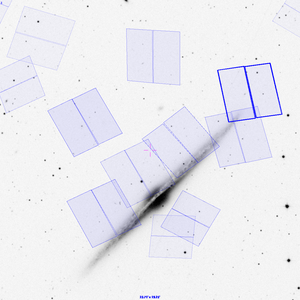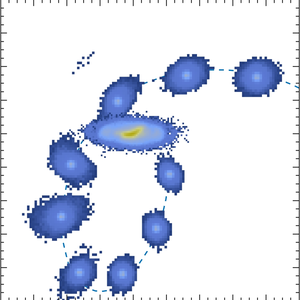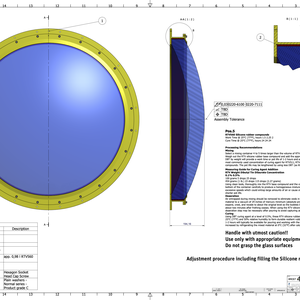Research Topics
The Milky Way and the Local Volume section has activities in the areas of observations, theory, modelling and simulations, and development of instrumentation and software.
Observations and Surveys

Our group has particular strength in the area of large spectroscopic surveys of Milky Way stars, being the lead institute of the RAVE survey, and being involved in the Gaia-ESO, SEGUE, APOGEE, and SDSS-V surveys. We have expertise in astrometric searches for nearby objects, getting geometric distances to objects, and finding the most massive stars. We are using the Hubble Space Telescope to understand the ages and chemical abundances of resolved stellar populations in nearby galaxies in the Local Volume.
Modelling and Simulations

The Milky Way and the Local Volume group develops several types of models to understand the structure and evolution of galaxies like the Milky Way and its satellites. Chemical evolution models are used to understand the chemical abundance patterns that we see in stars, with particular interest for the oldest and most metal poor stars, potentially containing signatures of Spinstars. Dynamical models help us understand the velocity distribution measurements of Milky Way stars obtained with proper motion and spectroscopic surveys. Full galaxy simulations in cosmological context helps us understand the place of the Milky Way in relation to its neighbours and other different galaxy types. Combining these modelling techniques into our newest full chemo-dynamical-cosmological models is critical to understand the results of the Gaia space mission.
Instrumentation and Software

Our group is leading the effort creating the Galactic science cases for the 4MOST spectroscopic survey facility currently being developed for ESO's VISTA telescope. We are also building software for the data reduction and archiving pipelines within the DPAC consortium of the Gaia space mission and for the RAVE and Gaia-ESO surveys.